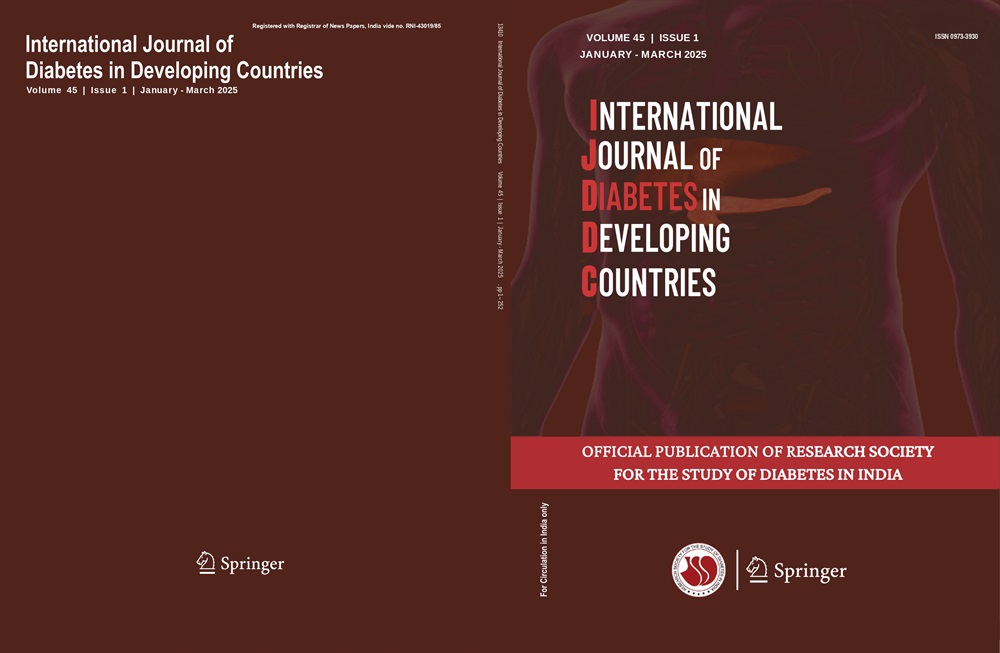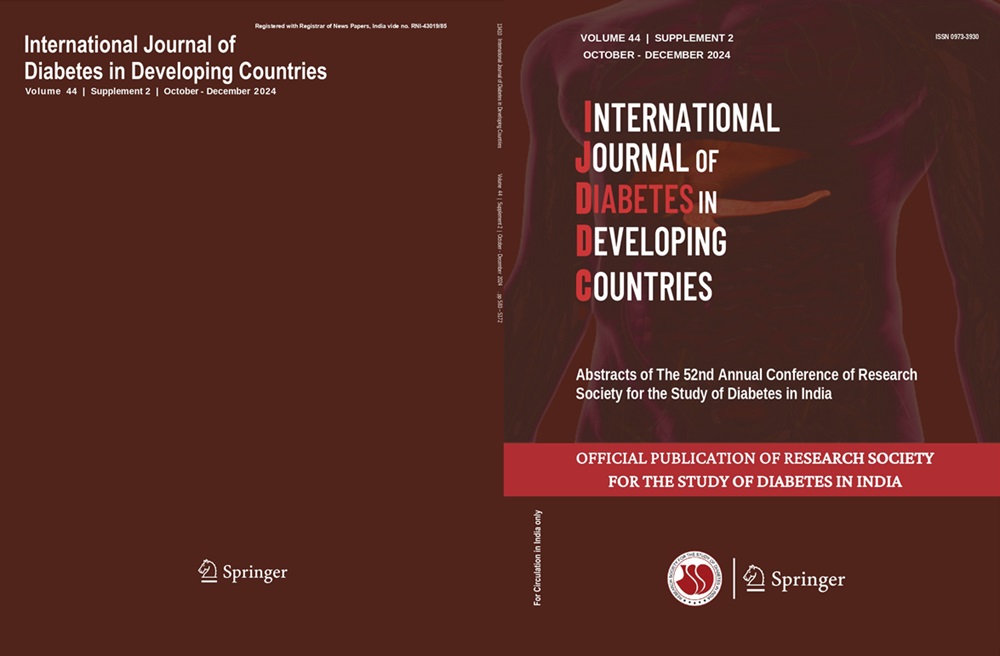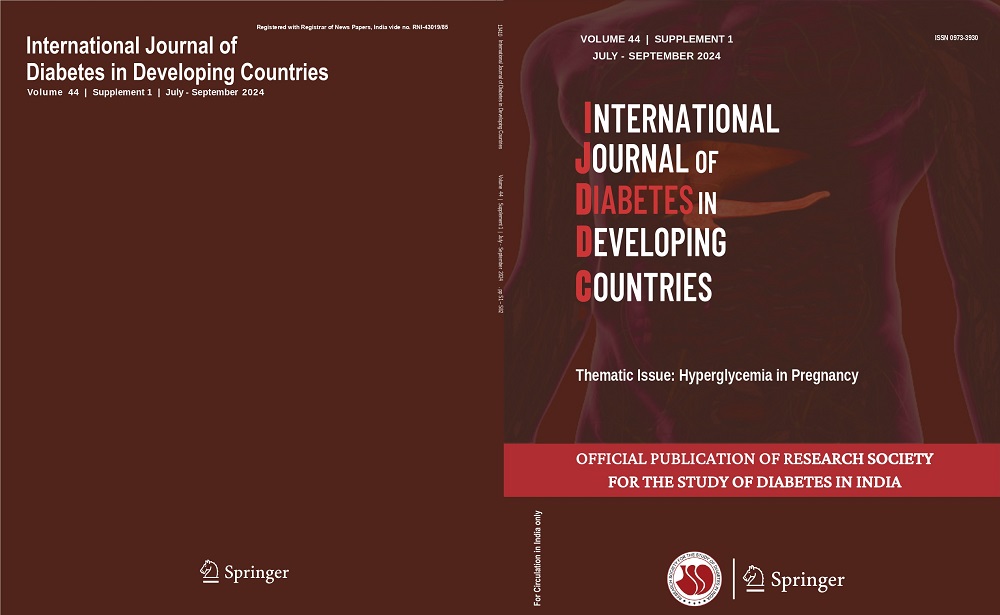Selina Quarshie, Aziz Abdul Abdulai Maikaino, Tahiru Alidu, Sampson K. Djonor, George Nkrumah Osei, Richard K D Ephraim
Keywords
Remnant cholesterol • Type 2 diabetes mellitus • Non-HDL cholesterol • LDL-cholesterol • Ghana
Objective Diabetes mellitus (DM) is a global metabolic disorder with high cardiovascular risk. Information on remnant cholesterol (RC) among type 2 DM patients is insufficient in Ghana despite the cardiovascular risk it poses. This study assessed the prevalence, pattern, and correlation of remnant cholesterol levels with other lipid parameters among patients with type 2 DM in the New Juaben Municipality of Ghana.
Methods A cross-sectional study was conducted among type 2 DM patients receiving treatment at St. Joseph Hospital and the Eastern Regional Hospital from January 2022 to May 2022. The sociodemographic details of participants were obtained with a structured questionnaire. Venous blood samples were collected, and analyzed for fasting blood glucose (FBG), total cholesterol (TC), HDL-cholesterol (HDL-C), and triglycerides. These lipid parameters were then used to calculate low density lipoprotein cholesterol (LDL-C), non-HDL-C, and remnant cholesterol (RC) levels. Data were analyzed accordingly using the IBM SPSS and GraphPad Prism.
Results A total of 398 participants were recruited (median age of 50), of whom 265(66.6%) were females. The majority of participants had no family history of DM (78.89%) and were aged 46-65 years (42.21%). The prevalence of high remnant cholesterol was found to be 60.3%. Controlling for all significant factors including HDL-C and sex, having high RC was found to be associated with 51% increased odds of having high non-HDL cholesterol (p = 0.001). A subgroup analysis on LDL-C and RC indicated that high LDL-C/high RC was most prevalent among participants 156(39.2%). Total cholesterol (TC), triglycerides (TG), non-HDL cholesterol, and LDL- cholesterol were all substantially correlated with discordant/concordant LDL-C and RC.
Conclusion The findings of this study indicate an increased prevalence of high RC among type 2 DM patients projecting a possible increased risk of developing cardiovascular complications in the future. Much attention should therefore be paid to RC and its correlated non-HDL cholesterol in the treatment and management of type 2 DM




